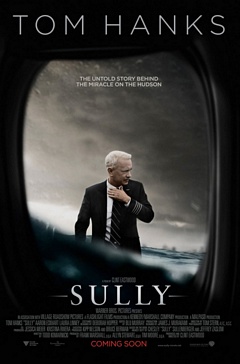.jpg) In Geeks and Geezers (2002), renowned leadership academic Warren Bennis and management consultant Robert Thomas interview 40 “geeks” (aged 21–34) and “geezers” (aged 70–82) to evaluate differences in their leadership values and success patterns.
In Geeks and Geezers (2002), renowned leadership academic Warren Bennis and management consultant Robert Thomas interview 40 “geeks” (aged 21–34) and “geezers” (aged 70–82) to evaluate differences in their leadership values and success patterns.
The two groups vary in backgrounds, ambitions, and their role models. The geeks are more concerned with work-life balance than the geezers. The geezers formed their characters during the Great Depression and World War II and hence hold Franklin Roosevelt, Gandhi, Lincoln, Mandela, Kennedy, and Churchill as leadership role models. In contrast, the geeks tend to model themselves after their parents, friends, bosses, and co-workers.
Leadership “Crucibles”: Pivotal life-changing experiences that alter your thinking and actions
The statistics and analyses of geeks and geezers are a gross distraction from the book’s central idea: that all potential leaders must pass through a “leadership crucible” that provides an intense, transformational experience. Only after they “organize the meaning” of and draw significant lessons from their crucible experiences can they become leaders. They must also cultivate complementary leadership skills such as adaptive capacity and the ability to engage others by creating shared meaning, voice, and integrity.
All geeks and geezers interviewed by the authors had one thing in common: each had at least one leadership crucible. The authors explain that each experience was “a test and a decision point, where existing values were examined and strengthened or replaced, where alternative identities were considered and sometimes chosen, where judgment and other abilities were honed.”
The best leaders excel in their ability to create meaning out of adversity
Geeks and Geezers lays monolithic emphasis on the role of transformational crucible experiences in building leadership skills. The authors conclude that such experiences shape a leader; therefore, “great leaders are not born but made—often by tough, bitter experience.” The book implies that most leadership development initiatives (selection, training, mentoring, job rotation, etc.) are not as effective as they are touted to be. The book advises would-be leaders to develop themselves by seeking out crucible experiences at work, school, or in their communities to maximize their leadership potential.
One meaningful takeaway from Geeks and Geezers is a contemplative exercise: to reflect on some crucible experiences in the reader’s life and examine what he/she has learned from them. The reader may be able to create his/her own story and find his/her “leadership voice.”
Recommendation: Skim. Read the final chapter. Beyond the authors’ anecdote-heavy “research,” Geeks and Geezers will engage readers in interesting case studies of successful men and women who moved beyond the constraints imposed by trying circumstances and reshaped themselves. However, most of Geeks and Geezers lacks substance and practical application, especially in comparison to co-author Bennis’s bestseller On Becoming a Leader.


 Smart leaders accept that some decisions—like
Smart leaders accept that some decisions—like .jpg)

.jpg)